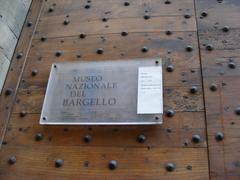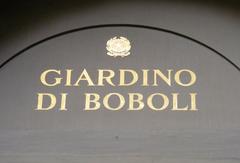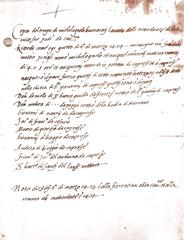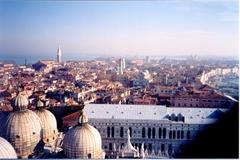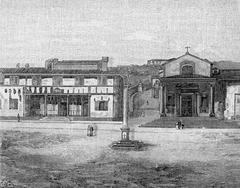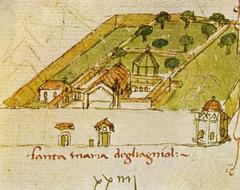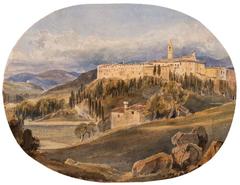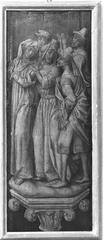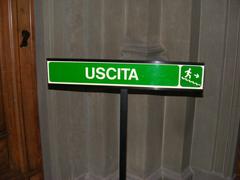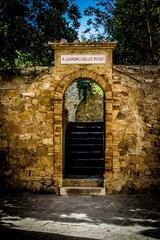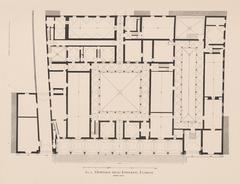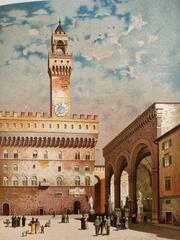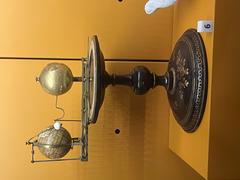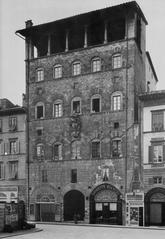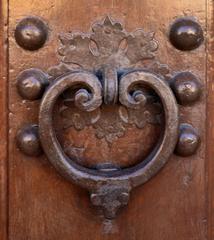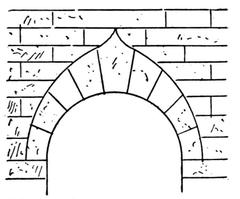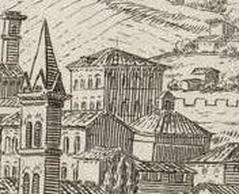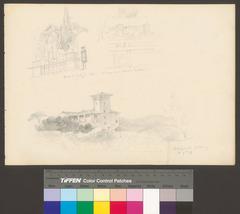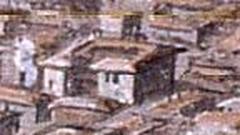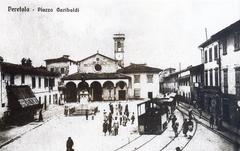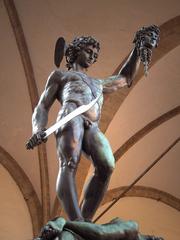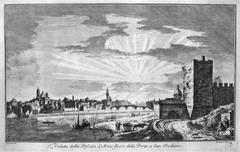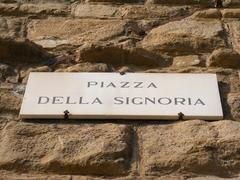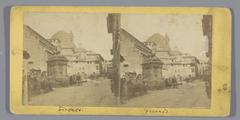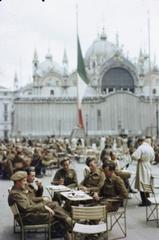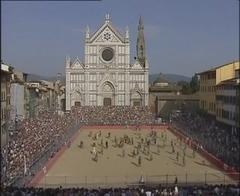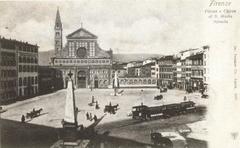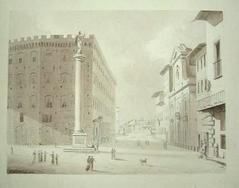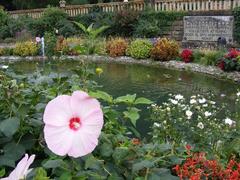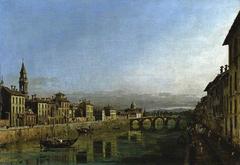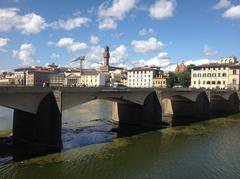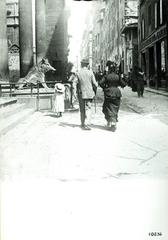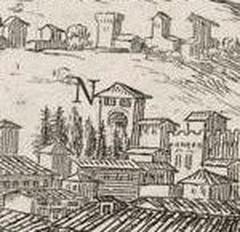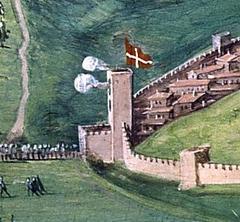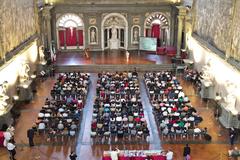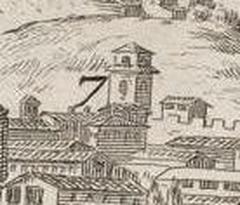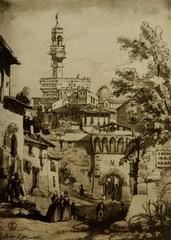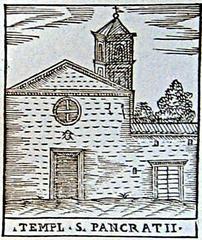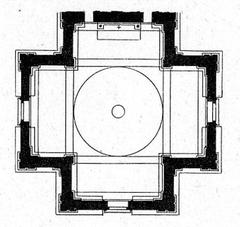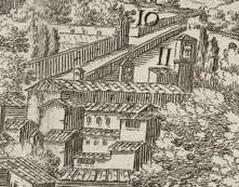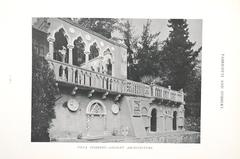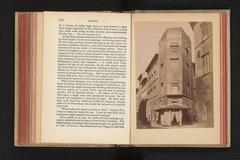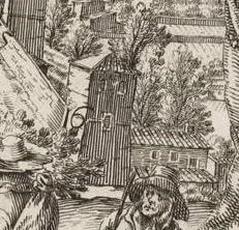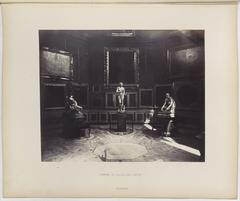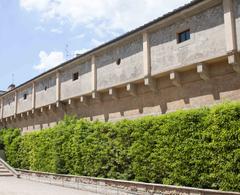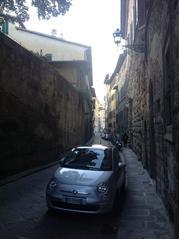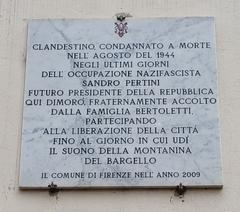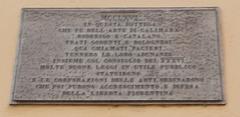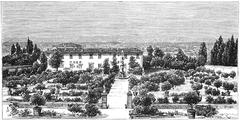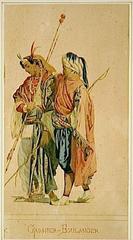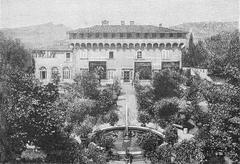Piazza della Libertà: A Comprehensive Guide to Florence’s Square of Liberty
Date: 18/07/2024
Introduction
Piazza della Libertà, known as the ‘Square of Liberty,’ stands as one of Florence’s most historically-rich and architecturally significant landmarks. This captivating open-air museum reflects Florence’s journey from its Roman origins through its medieval fortifications, and into its modern transformations. The square’s name, which has evolved over centuries, marks significant periods in Italy’s national narrative, from its unification to the post-war era. This guide will delve into the comprehensive history, architectural highlights, and practical visitor information to ensure a fulfilling exploration of this iconic Florentine site (source).
Table of Contents
- Introduction
- Historical Evolution and Significance
- Architectural Highlights and Attractions
- Visitor Information
- Travel Tips
- Conclusion
Historical Evolution and Significance
From Roman Beginnings to a Fortified Gateway
The origins of Piazza della Libertà date back to Roman times. Positioned at the intersection of major Roman roads, the area marked the northern access point to Roman Florentia, known as Porta San Pierino. During the 13th and 14th centuries, Florence fortified its borders, and the imposing Porta San Gallo, designed by architect Bernardo Daddi in 1330, was erected as part of these defenses. This gate, still standing today, symbolizes the city’s medieval power and protection.
A Royal Transformation - The Birth of Piazza Donatello
For centuries, the area around Porta San Gallo was a bustling gateway marked by military activities and trade. However, significant changes occurred in the 19th century. With the unification of Italy in 1861 and Florence’s brief tenure as the capital (1865-1871), the city underwent modernization and expansion. The medieval walls were demolished under architect Giuseppe Poggi’s urban renewal project, and the area was transformed into a grand piazza named Piazza Donatello, featuring gardens and a triumphal arch.
A New Name, A Complex Past - The Fascist Era
In 1932, the piazza was renamed Piazza della Libertà (Liberty Square) under Benito Mussolini’s fascist regime to celebrate the fascist march on Rome in 1922. During this period, the piazza became a stage for fascist rallies and propaganda. The triumphal arch, initially intended to commemorate Italy’s unification, was repurposed with fascist symbols and inscriptions.
Reclaiming Identity - Post-War Piazza della Libertà
After World War II, Piazza della Libertà underwent another transformation. The fascist symbols were removed, and the name reclaimed its association with liberty and freedom, reflecting Italy’s journey towards democracy and unity.
Architectural Highlights and Attractions
The Triumphal Arch - Porta San Gallo
Dominating the northern edge of the piazza stands the majestic Porta San Gallo, a testament to Florence’s glorious past. Built in the 13th century as part of the city’s final set of fortifications, this triumphal arch served as the grand entrance for important figures entering Florence. Its imposing structure, adorned with intricate carvings and sculptures, reflects the Florentine Romanesque style prevalent at the time.
Notable features include:
- The statue of Florence welcoming Charles VIII of France - Atop the arch, this statue serves as a reminder of the city’s strategic importance during the Italian Wars.
- The inscription honoring Emperor Francis I - Added in the 16th century, it reflects the later Habsburg influence on Florence.
- The flanking statues of Roman deities - These figures, added in the 19th century, further enhance the arch’s grandeur.
The Neoclassical Elegance of Piazza della Libertà
While the Porta San Gallo harks back to the medieval era, the piazza itself is a masterpiece of Neoclassical design. This transformation took place in the 19th century during the brief period when Florence served as the capital of the newly unified Italy. The ruling House of Lorraine sought to modernize the city, and Piazza della Libertà became a symbol of this ambition.
Key elements of the piazza’s Neoclassical design include:
- The symmetrical layout - The piazza’s rectangular shape and balanced arrangement of buildings and monuments epitomize Neoclassical principles of order and harmony.
- The use of pietra forte - This local sandstone, with its warm, honeyed hue, lends a sense of unity and grandeur to the surrounding buildings.
- The decorative elements - Classical motifs, such as columns, pediments, and statues, adorn the buildings, adding to the piazza’s refined aesthetic.
Notable Buildings Gracing the Piazza
Beyond the Porta San Gallo, several other buildings contribute to the architectural tapestry of Piazza della Libertà:
- Palazzo Fontani-Antinori - This elegant palace, with its symmetrical facade and ornate balconies, is a prime example of 19th-century Florentine architecture.
- Hotel Villa Medici - Originally a private residence, this building now houses a luxurious hotel. Its facade features a harmonious blend of Neoclassical and Renaissance elements.
- The buildings flanking the Porta San Gallo - These structures, with their uniform design and understated elegance, complement the arch’s grandeur and contribute to the piazza’s overall harmony.
Monuments and Statues - Adding Layers of History
Scattered throughout Piazza della Libertà are monuments and statues that offer glimpses into Florence’s rich past:
- The Column of the Abbondanza - This 18th-century column, topped with a statue representing Abundance, once marked the center of a bustling market held in the piazza.
- The Sundial Obelisk - Erected in the 19th century, this obelisk served a practical purpose while also adding a touch of ancient Egyptian inspiration to the piazza.
- The Statues of the Four Seasons - These allegorical sculptures, representing Spring, Summer, Autumn, and Winter, add a touch of artistic flair to the piazza’s corners.
Visitor Information
Visiting Hours
Piazza della Libertà is open to the public 24/7. However, specific attractions within the piazza, such as the Hotel Villa Medici, may have restricted visiting hours. It’s advisable to check in advance.
Tickets
There is no entry fee to visit Piazza della Libertà itself. Some buildings or guided tours within the piazza might require tickets. Prices vary, so it’s best to visit official websites for the most accurate information.
Special Events and Guided Tours
Piazza della Libertà often hosts special events, including markets, concerts, and art exhibitions. Guided tours are available and can provide a more in-depth understanding of the piazza’s history and architecture.
Travel Tips
Getting There
Piazza della Libertà is easily accessible by public transportation. Buses and trams frequently stop near the piazza, and it’s within walking distance from many central Florence attractions.
Nearby Attractions
While visiting Piazza della Libertà, consider exploring nearby attractions such as:
- Piazza del Duomo - Home to the stunning Florence Cathedral.
- Piazza della Signoria - A historic square with notable sculptures and the Palazzo Vecchio.
- Uffizi Gallery - One of the most famous art museums in the world.
Accessibility
The piazza is generally accessible for visitors with mobility issues, although some buildings may have limited access. It is recommended to check accessibility details for specific attractions in advance.
Conclusion
Piazza della Libertà is not merely a public square; it is a living chronicle of Florence’s dynamic history and architectural evolution. From its Roman roots to its medieval fortifications, 19th-century Neoclassical transformation, and the complex legacy of the Fascist era, the piazza encapsulates the city’s resilience and artistic grandeur. Today, it remains a vibrant hub for both locals and visitors, offering a blend of historical insights, architectural marvels, and cultural experiences. By visiting Piazza della Libertà, one immerses themselves in the rich tapestry of Florence’s past and present, making it an essential stop for anyone exploring the city’s historical sites (source).
References
- Exploring Piazza della Libertà - History, Significance, and Visitor Information, 2024, source
- Discover Piazza della Libertà - Florence’s Architectural Gem - Visiting Hours, Tickets, and More, 2024, source
- Visiting Piazza della Libertà - Tips, History, and Nearby Attractions in Florence, 2024, source
